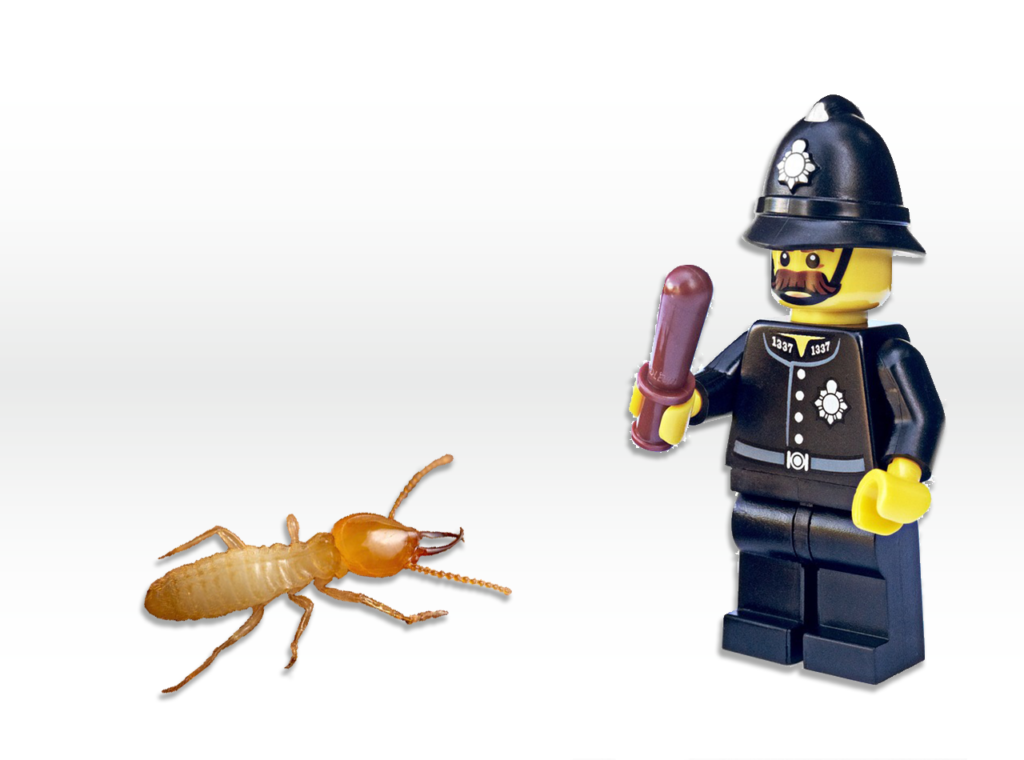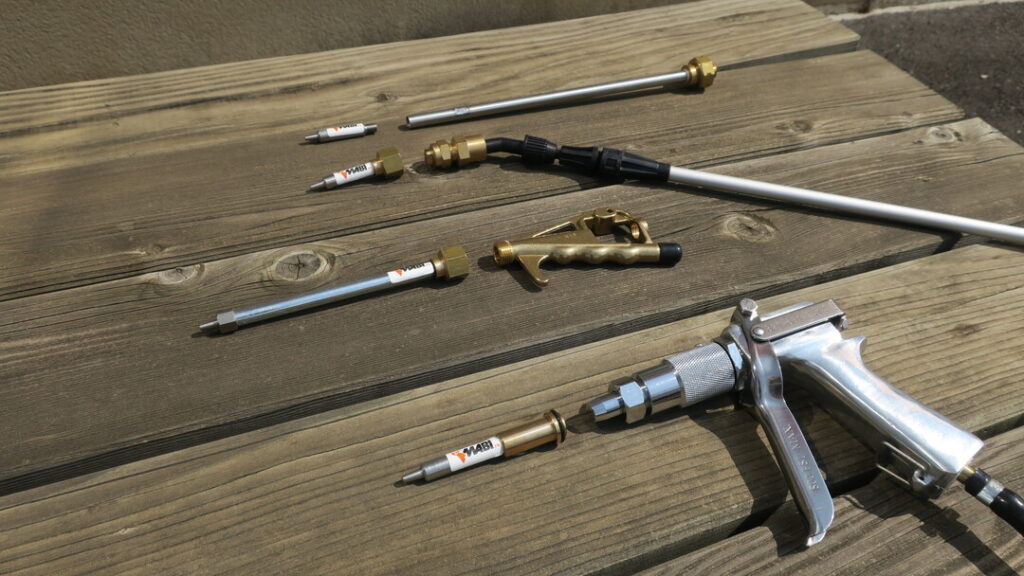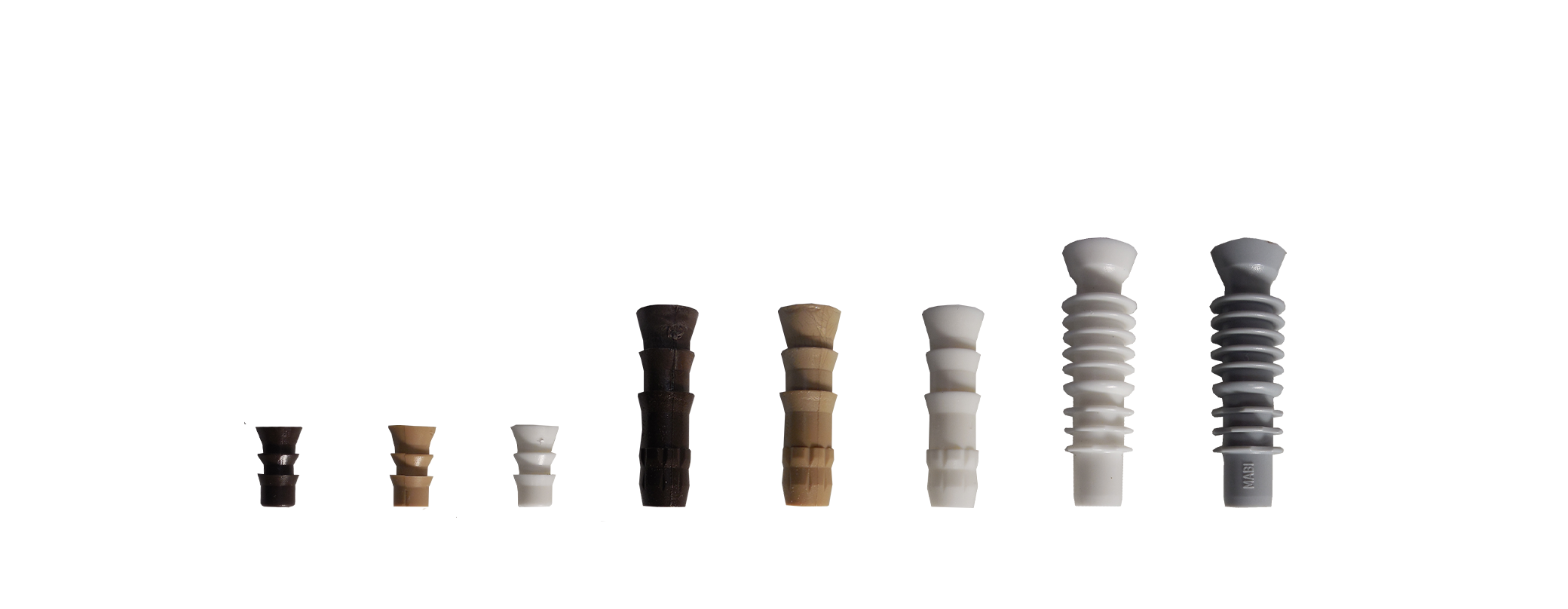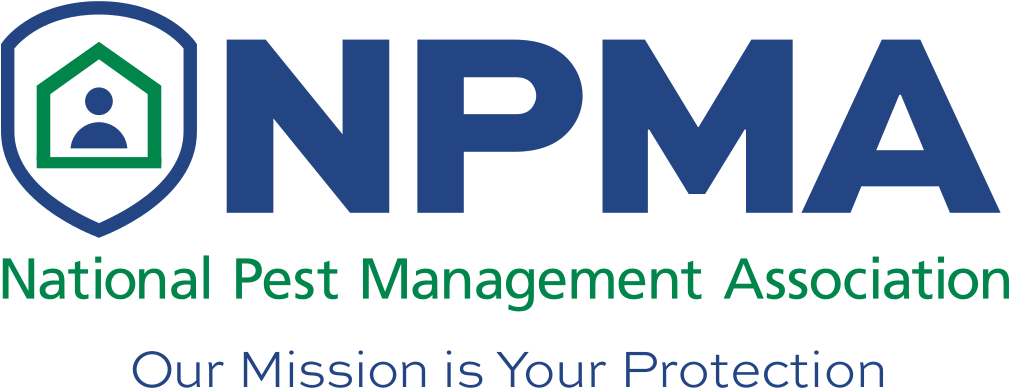Termites are unforgiving pests that can knock the confidence out of any proud homeowner. If you are familiar with termite damage, you know they mean serious business, so maybe you are ready to take matters into your own hands. Starting a termite and pest control company can be rewarding, but what does this entail, exactly? What do you need to know before getting started? How do you get started? From the research and licensing to knowing what equipment to purchase, we are here to help.

*Please note the following are basic guidelines outlining the general steps to start a termite and pest control business. Additional action may be necessary depending on your specific situation and the state you live in. Do your due diligence before investing in and starting a new business.
Step 1: Research
Of course, research is essential before launching any business, but here are some friendly reminders.
→ What types of termites are common in your area?
- Termites live all over the US except for the state of Alaska. But like most insects, different types exist, meaning some species may be more common in your hometown than others. Determine which ones are local to your state and take note of the damage they cause.
*Being aware of their damage and knowing how to treat them will be important in choosing your equipment and tools.

→ What services does your competition offer?
- As you identify the termite species native to your region, pay close attention to the additional pest services other companies propose. In addition to termites, it can be beneficial to specialize in treating other pests, especially those of the wood destroying nature.
→ What sets you apart from the competition?
- Think about what you can offer your future clients outside in addition to your pest control knowledge and services. This may refer to your methods, the types of pests you treat, or your company values and culture. Again, compare the competition and see how they market themselves and what they offer customers.
Step 2: Licensing & Training
The termite and pest control industry is not only about what you know but being able to prove it too. Federal-level certifications are required to use professional-grade pesticides (Restricted Use Pesticides or RUPs) and to run your company. In addition to your initial certification, you will have to keep up with your education.
→ Initial certification requirements
- Visit the Environmental Protection Agency website to learn more about the Federal Certification Standards for Pesticide Applicators. Or visit the Association of American Pesticide Control Officials to see the requirements in your state.
→ Recertification courses – every 2-5 years
- Since the chemicals used in pest control can be dangerous, and because new practices are continuously coming into play, this process keeps you informed and up to date.
Step 3: Admin
This step should be obvious. But it is easy to get sidetracked and lose sight of the bigger picture when you have so much to accomplish.
→ If you have not already done so, choose your name
- Your company name is a crucial part of building your brand and identity. You will also need this information to get the company up and running.
→ License and register your business
- Before licensing and registration, choose a business structure (partnership or LLC for example). After choosing, register your business, file the necessary licenses and permits, and obtain your EIN*. Since registration requirements vary from state to state, you can learn more through the U.S. Small Business Administration.
*Your EIN (Employer Identification Number) allows your business to pay state and federal taxes and open a bank account.
→ Open a business bank account
- A business bank account will allow you to manage business expenses and finances without mixing them with your personal account. Determine whether you will personally manage your accounts or if it makes sense to hire an accountant to help.
→ Get insurance coverage to protect your business
- When dealing with chemical products, heavy equipment, and working in people’s homes (or businesses), it is essential to have business insurance to keep the company safe.
Step 4: Getting Equipped
Remember how we mentioned the importance of identifying the type of pests you will treat and how to treat them? By now you should be able to answer these questions, which means you know what equipment to buy. Regardless of the pests, there are some basics that every PMP needs: a flashlight/ headlamp, a toolkit with a drill, PPE, a ladder, a sprayer/ foamer, etc. However, for the treatment of termites and other wood-destroying organisms, MABI can help!
→ For termites or other wood-destroying organisms
- MABI offers a range of injectors for treating wood and under concrete slabs. Our injectors contain a patented anti-return valve that allows applicators to inject chemical products without messy backflow.
Of course, you will also need to invest in heavier equipment such as foamers, spray guns, spray rigs, etc. Depending on your preferred treatment method, you may also require special attachments. Luckily, MABI has made using its injectors easy, regardless of the equipment you decide to use. Most termite equipment is easily adaptable to fit perfectly with MABI injectors by attaching our specially designed injection tip to your equipment.


Step 5: More Research & Marketing
→ Yes, more research!
- In addition to the research you initially started, you will want to dive a little deeper. Who are your target clients? Where are they located? What is their demographic? And, of course, what pest control needs do they have? Answering these questions will help you determine how to market your company and services.
To market your new business
→ Create a website or at least get on social media
- Facebook and Instagram are the most commonly used. Either of these networks will help you connect with your customer base, advertise your services, and make it easier for people to find you when looking for your proposed services.
→ Use Google!
- Add your business to Google Business to help potential customers contact you.
→ Print flyers and business cards
Although this idea may seem a bit old school, you never know when it will come in handy. Hang flyers in local businesses around your neighborhood and keep a few business cards on hand, just in case.
Bonus Step 6: Getting Connected!
One of the more fun steps in starting your business is networking within the industry. Join the national and local pest management associations to meet other industry professionals, get advice, stay up-to-date on your certifications and education, and of course to participate in the various conferences and trade shows. As a proud member supporting PMP’s nationwide, MABI participates regularly at these various events, bringing you its solutions for pest control.
→ Join the NPMA
→ Find your local pest control association branch

Congratulations! You now know what it takes to start a pest control business (more or less). By conducting thorough research, obtaining the necessary licenses and certifications, and investing in the right equipment, you’ve laid a solid foundation for your venture. As you embark on this exciting journey, remember to stay informed about the latest industry trends and adapt your strategies to meet the evolving needs of your clients. With a strong business plan, a commitment to excellence, and a passion for pest control, you have the potential to build a thriving and fulfilling business. Best of luck!
To purchase MABI injectors, contact one of our distributors.